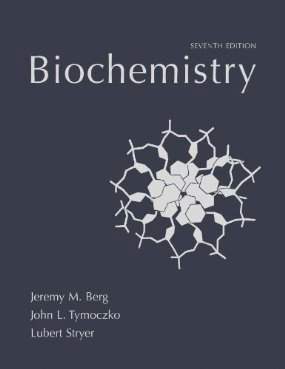Connecting...

For more information, please see full course syllabus of Biochemistry
Biochemistry Enzymes II
Enzymes are built to fit with and catalyze specific substrates and reactions. First, the substrate binds to the enzyme, forming the enzyme-substrate complex. This usually causes the substrate to stretch or bend, bringing it closer to the high-energy transition state for the reaction being catalyzed. The enzyme stabilizes this intermediate state, lowering the activation barrier and increasing the rate of reaction. This results in 100% conversion to products in a reaction that might normally only convert 5% or 10% of reactants to products. Enzymes are very flexible and can open, close, and conform to substrates (called “induced fit”). This lecture includes a discussion of the specific mechanisms of acid-base catalysis, reactions involving glyceraldehyde 3-phosphate dehydrogenase, and metal ion catalysis.
Share this knowledge with your friends!
Copy & Paste this embed code into your website’s HTML
Please ensure that your website editor is in text mode when you paste the code.(In Wordpress, the mode button is on the top right corner.)
- - Allow users to view the embedded video in full-size.










































 Answer Engine
Answer Engine




1 answer
Sun May 26, 2013 4:20 PM
Post by marsha prytz on May 26, 2013
in the example of phosphohexose isomerase, when the enzyme is acting as an acid you are moving the H+ on carbon #2 instead of carbon #1 where the proton was actually put in the base reaction. Does that mean the double bond moves to the c/o bond of carbon #2 or was that a mistake and the H+ from carbon #1 is actually the one supposed to be moving?......I hope this makes sense